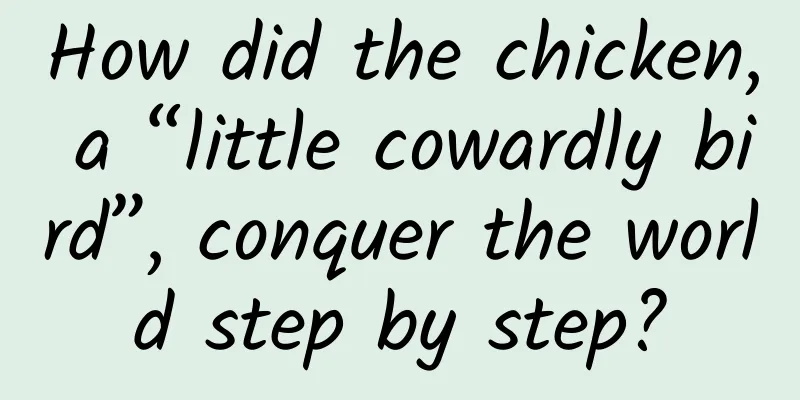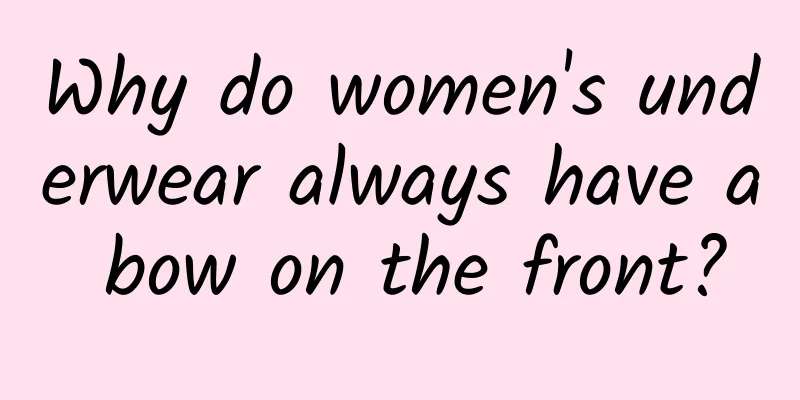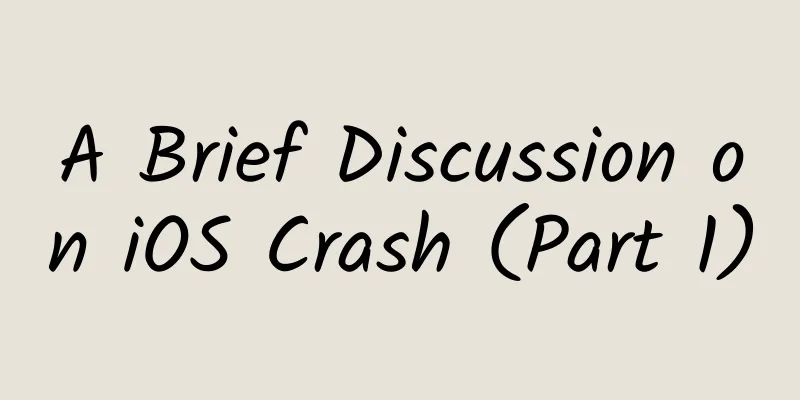How did the chicken, a “little cowardly bird”, conquer the world step by step?

|
© JOHN TOWNER Leviathan Press: What's your favorite bird? Magpies, eagles, parrots, ostriches... When asked this question, most people probably wouldn't think of chickens at all. In the eyes of humans, chickens have two sides - the side as animals, and the side that we are more familiar with, as food. Unlike other birds, chickens are always seen as a commodity sold by weight, lacking the sense of reality as birds. Therefore, when a chicken performs typical bird behaviors, such as flying (although not very far and looks very clumsy) or riding on the treetops, it is often novel. Many biologists since Darwin have assumed that every chicken on Earth is descended from the Asian red junglefowl, a timid jungle bird that moves cautiously through the woods during the day and sleeps in tree nests at night. If caught, it can cause a heart attack and death. The question is, how did such a small, cowardly bird manage to conquer the world? And why should we care? © Rudraksha Chodankar According to the statistics of the Food and Agriculture Organization of the United Nations in 2019, the number of chickens in the world reached an astonishing 25.9 billion two years ago, making it the most numerous vertebrate on land, even more than all other birds combined. However, we don’t know much about chickens. After all, when we see them, most of them are already fragrant. (www.statista.com/statistics/263962/number-of-chickens-worldwide-since-1990/) In the beginning, people raised chickens not for their plump bodies, but to breed strong "fighting chickens" for cockfighting competitions. Fighting chickens have little meat on their bodies, so they are tasteless to eat and are better used for cockfighting than to be discarded. This happened at least 5,000 years ago. As for who started the practice of eating chicken together, it probably lies with the monks in medieval Europe, who firmly believed that chicken was a kind of fish. * * * About a thousand years ago, the Catholic Church in Europe began to order its followers to restrict the consumption of four-legged animals and to fast for 130 days each year, hoping to suppress human desires and sublimate the soul - but chickens only have two legs, which gave the monks a loophole to exploit. As for the advanced idea of regarding chicken as fish, it was proposed by Thomas Aquinas, a famous medieval priest: "Chicken was originally aquatic, and therefore also a kind of fish. As long as we can eat fish on fasting days, we can eat chicken." The grand scene of roasting chicken in medieval Europe. © dye First, Qin Prime Minister Zhao Gao called a deer a horse, and then theologian Aquinas called a chicken a fish. Look at what people have become because of not eating meat... The monastery's strange perception of chickens turned into a passion for chickens. The more they ate, the more they raised. There is evidence that the rapidly surging public demand for "two-legged fish" seems to have catalyzed the evolution of chicken genes - a gene mutation called "TSHR" allows chickens to grow more meat and lay more eggs. But this is nothing compared to what has happened to chickens over the past two hundred years or so. * * * Although Europeans at that time would eat chicken against their conscience, chicken was never popular in the poor Middle Ages. It was not until the mid-19th century that the British people welcomed the highest-level chicken farmers - Queen Victoria and her husband. Queen Victoria's luxurious chicken coop, 1850s. © collectorsweekly On the one hand, the hype they created drove the price of the precious chicken up to $350 per piece (equivalent to $12,000 this year), but on the other hand, it was also their love for chicken that made the cheap and delicious chicken a common ingredient on the national table. Thanks to the Queen's love for chicken, the popularized chicken traveled across the ocean to the United States. However, the subsequent Great Depression and World War II in the Americas restricted people's use of chicken. Although the US government at the time encouraged people to "raise chickens for the country" in order to send precious beef and other proteins to the front lines, people would rather let chickens lay as many eggs as possible rather than eat their meat in order to maximize protein intake from chickens without sacrificing the chickens. A wartime poster in the United States calling on people to raise chickens. © common At that time, chicken was just a by-product of eggs. If Americans wanted to eat chicken before World War II, in many cases they could only wait for the chicken to stop laying eggs. But after the end of World War II, there was nothing that could stop people from eating chicken. * * * In the summer of 1944, the "Chicken of Tomorrow" competition, led by the U.S. Department of Agriculture and sponsored by the A&P Food Chain, the largest poultry retailer in the United States, was officially launched. The competition aimed to breed a broiler with "chicken breasts thick enough to be cut like steaks" to meet the upcoming post-war meat consumption boom. The chicken judges are checking the meat quality of the participating chickens. © NCSU Just as the Manhattan Project brought together scientists, engineers, and government officials to uncover the secrets of the atom, the Chicken of Tomorrow competition has attracted talents from all sides to create a brilliant tomorrow. This may be the most important thing that has ever happened in the history of chickens, and it is also an event that will completely change the fate of chickens. On the night when the results were announced, the organizers held a unique float parade. A beautiful blonde woman wearing a crown and white clothes sat on the throne with the title of "Tomorrow's Chicken Queen" and followed the parade crowd, smiling sweetly and dignifiedly to the people around her. © Shiloh Museum of Ozark History The celebration wasn’t just for chicken farmers or champion chickens but for a new economy: Tomorrow’s chickens will be the dominant meat on the market, cheaper than beef, more docile than pigs, and speaking for themselves — rather than being reduced to shrunken, skinny carcasses that can’t lay eggs. This means that the chickens we eat today grow twice as fast and twice as big as those before industrialization. Today, chickens bred from the winning chicks of that year are now found in supermarkets and kitchens around the world, and more than half of the chickens raised in my country are genetically related to the champion chicken. A five-week-old modern broiler chicken (bottom) compared to its six-week-old red junglefowl ancestor (equal scale, top). © Bennett et al/Royal Society * * * No other food in human history—meat, dairy, grains, fruits, or vegetables—has expanded in number and size as rapidly as the chicken. Chickens have profoundly changed the fate of mankind. Although modern people’s first impression of chickens is always steaming hot, juicy and delicious, the impact of chickens on humans is far more than just being made into food. Before the 19th century, chickens were viewed by people around the world as a variety of spirits, companions, medicines, and the focus of religious and magical rituals. Like Stonehenge, chickens are part of human cultural heritage, but people rarely pay attention to them. It is said that more than 2,500 years ago, two chickens fighting on the roadside changed the direction of world civilization. At that time, the Athenian general Themistocles was ordered to lead his army to fight against the invading Persian army, which had an overwhelming combat advantage. The Athenian general Themistocles was inspired by a chicken. © Euston However, during the march, the general was attracted by two fighting roosters: "Look at these chickens, they are not fighting for their gods, they are not fighting for the glory of their ancestors, they are not fighting for honor or freedom, nor for protecting their offspring from infringement, they just simply don't want to lose to each other." The general's interpretation of "people should be like chickens" inspired the soldiers to repel the invaders; more Greeks were also inspired to repel more invaders. The two roosters fighting on the roadside had an immeasurable impact on human civilization. Human civilization has naturally not forgotten the contributions of the two chickens. We commemorate these creatures in many ways, such as frying, boiling soup, and grilling. If the two roosters knew about this, they must have very complicated feelings. Cockfighting at an Indian festival. © Anupam Nath/AP * * * It is unknown whether the legend is true or not. But for thousands of years, chickens have been intertwined with human civilization and are inseparable. From the ancient Greek warriors who "fight only for themselves" to the special effect of "exorcising evil and avoiding evil" in the mythological stories of the East and the West, chickens have always been active in human civilization with a high attitude and are regarded as a symbol of positive power. Egyptians would hang eggs in temples to pray to the gods for abundant river water; ancient Babylonians would use broken pottery to piece together a two-dimensional mosaic totem of a chicken and stick it on the walls of their homes as decoration; Pope Nicholas I in the 9th century issued a decree that an image of a rooster should be placed on the roofs of all churches to commemorate the story of Peter III's denial of his Lord. Therefore, to this day people can still see rooster-shaped weather vanes on church spires. (I just think this duck is really funny. The picture has nothing to do with the content of this article. © Ross Sokolovski) The Yoruba people living in the vast African continent firmly believe that the chicken is their god of creation. In the history passed down by the Yoruba people, when Oduduwa, the ancestor of all mankind, was sent into the world by God, he brought some soil, a palm tree seed, and a rooster. Mud was placed in the water, and the rooster dug the mud with its claws to form land. Palm tree seeds were planted, and they grew into a big tree with 16 forked roots, eventually forming the first 16 countries. © legit * * * Although the ancient Romans did not worship a "chicken god", they believed that the behavior of chickens was a kind of "oracle" and that the gods would give answers through the chicken's body. The ancient Roman army always brought a group of chickens with them when they went to war - not because they were afraid of being hungry, but because they hoped that the chickens could show them the way - they would carefully observe the status of the chickens before the battle. If the chickens had a good appetite and were eager to eat food as soon as they came out of the cage, it meant victory was imminent. On the contrary, if the chickens were only busy clucking or flapping their wings, it would be regarded as a bad omen. A relief depicting ancient Romans using chickens for divination. © public Cicero recorded an incident in 249 BC in his book On the Divinity. The Roman navy was about to engage in a war with the Carthaginians, but the Romans had no appetite for chickens. The angry consul threw the chickens into the sea: "If you don't eat, you must drink water." This is very interesting. Fortune-telling in the Eastern context often comes with a tutorial on "how to change your fate" after the fortune-telling is finished. From burning incense and worshipping Buddha to praying for things and chanting mantras, if a street fortune-teller tells you a fortune but doesn't tell you how to avoid misfortune and seek good fortune, then his professionalism is not up to par. However, "fate" in the Western context often refers to something not so good, that is, "fate". From Oedipus to Parsis, they all interpret a tragedy that cannot be avoided, a fate that cannot be challenged by human will. Western fortune tellers only tell fortunes, not change them. However, the ancient Roman consul who was arguing with the chicken fully exerted his subjective initiative and had the domineering spirit of "my fate is determined by myself, not by God", and he can be said to be a hero of the times. As a result, the ancient Romans were quickly defeated by the Carthaginians, and 93 warships were destroyed and sank into the sea. After returning, the consul who added chicken soup was also severely punished for blasphemy. However, the ancient Romans were probably the most enthusiastic chicken eaters in the world at that time. They would feed their chickens with bread soaked in milk in the hope that the taste would be delicious. There was even a law in ancient Rome that only one chicken could be eaten per meal. The authorities did not want citizens to indulge in chicken and set off a bad trend of pursuing luxury. A large-scale chicken-eating scene in ancient Rome, with wet garbage scattered on the ground. © wiki But perhaps in response to such regulations, Roman chefs introduced the practice of castrating roosters, which almost doubled their size, and the Roman gourmet Apicius contributed 17 recipes for chicken, including recipes for gizzards, livers, testicles and buttocks. Let's get back to the topic. Otherwise, I'll say I'm hungry again. * * * Among many domestic animals, chickens seem to be the only creatures that have the habit of announcing the dawn. This special attribute has also been given a lot of mysterious colors. For example, the book on Jewish mysticism, the Zohar, believes that the crowing of roosters in the early morning is because they have seen some kind of miracle. Some saints also regarded the crowing of cocks as the voice of temple officials, calling all priests, Levites and Israelites to hurry up and do what they should do. Therefore, the Hebrew word "gever" not only means "strong man", but also refers to cocks. In the mysterious Zoroastrianism of the Persians, the rooster is a symbol of light and holiness. A devout Zoroastrian "will have a rooster to help him avoid evil spirits." In the eyes of Zoroastrianism, the crowing of the rooster is regarded as a hint from the spirits to the world: darkness is about to retreat, and the victory of light is just around the corner. As early as the 4th century AD, traces of Zoroastrianism had already appeared on the Chinese mainland. The picture shows a 6th century stone coffin carving unearthed in Taiyuan, Shanxi, which shows traces of the mixture of Zoroastrianism and Buddhism. The rooster's behavior of crowing at the dawn was also appreciated by ancient Chinese people. Han Ying, a scholar in the Han Dynasty, proposed the saying that "a rooster has five virtues": wearing a comb on its head, it represents culture; having strong claws, it represents martial arts; having the courage to fight, it represents bravery; having food and inviting its companions to share, it represents benevolence; and finally, a rooster crowing on time, it is a sign of trustworthiness. If one possesses the five virtues of culture, martial arts, courage, benevolence and trustworthiness, he should be like a chicken. To work hard, to forge ahead, to impact, to reshape. A good life starts with chicken. Text/Kitaro Proofreading/Kublai This article is based on the Creative Commons License (BY-NC) and is published by Kitaro on Leviathan The article only reflects the author's views and does not necessarily represent the position of Leviathan |
<<: This academician made a decision that made a box of life-saving medicine only 290 yuan
>>: This article is suitable for forwarding to the "loving family group"
Recommend
Are you laughing at Erha? He has been to the Olympics!
When people mention Huskies, they always associat...
Elderly people should remember these 5 principles when exercising in autumn and winter
In autumn and winter, there is a big temperature ...
Super luxury cars suddenly impose 10% tax on the rich, Maserati is the most affected
On the evening of November 30, the Ministry of Fi...
Tencent admits to being a coward for the first time. People who have been tortured by WeChat for many years finally get their revenge.
[[318009]] On March 9, Tencent’s WeChat made head...
How much does it cost to inject hyaluronic acid into the nose? Chongqing SEO website promotion is not popular, how to make spiders favor it
When it comes to SEO optimization, we will find t...
WeChat business survey in WeChat Moments: Pyramid scheme-like fraud and huge profits coexist
After the sales of “Friends Circle” became popula...
Substitutable and non-disruptive innovation: Apple doesn’t need to acquire GoPro and Tesla
Recently, some foreign analysts suggested that Ap...
Is it true that every Sichuanese has a giant panda? This group of people replied: It was all "cheated"!
Imagine if there was a job that allowed you to av...
What? Can water from the Qinghai-Tibet Plateau flow to the Tianchi Lake in Changbai Mountain?
Qinghai-Tibet Plateau The Qinghai-Tibet Plateau i...
vivo Advertising Alliance User Guide
vivo Advertising Alliance User Guide 1. Create Me...
No one hates software more than programmers
[[125814]] A few months ago, we bought a new digi...
Did you accidentally tell the truth? Great Wall Motors CEO Wei Jianjun bluntly said, "Chinese cars are not as good as Japanese cars"
Recently, Wei Jianjun, Chairman of Great Wall Mot...
How to get 100,000+ users through traffic promotion activities?
When we think of growth, what’s the first thing t...
Cooking food without heating it? It's possible...
If we are very hungry and have only a piece of ra...









